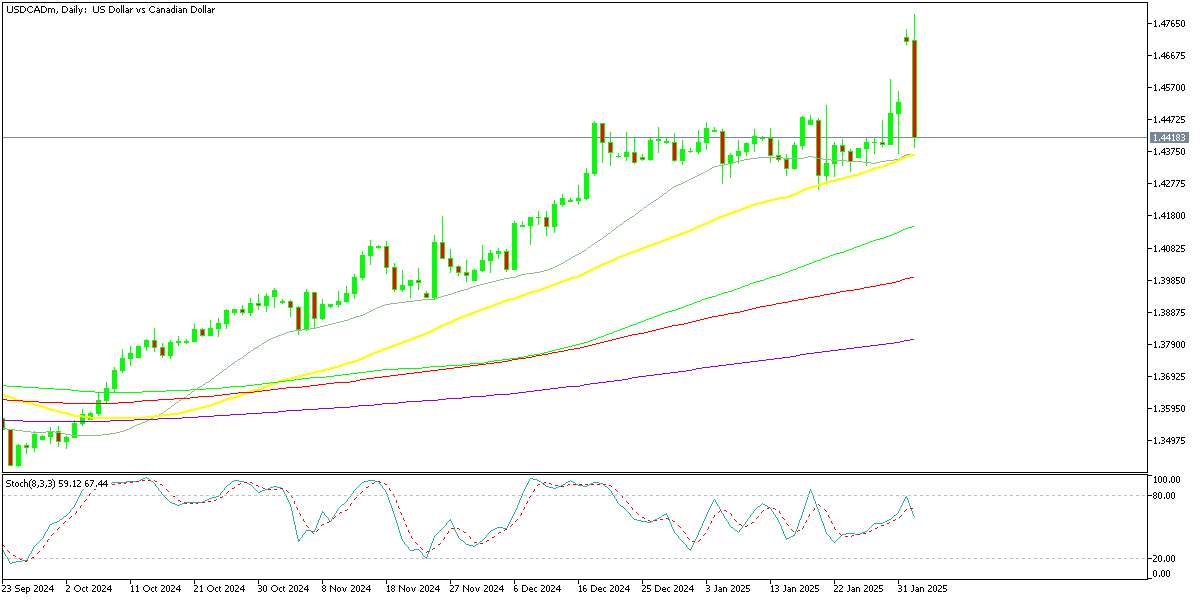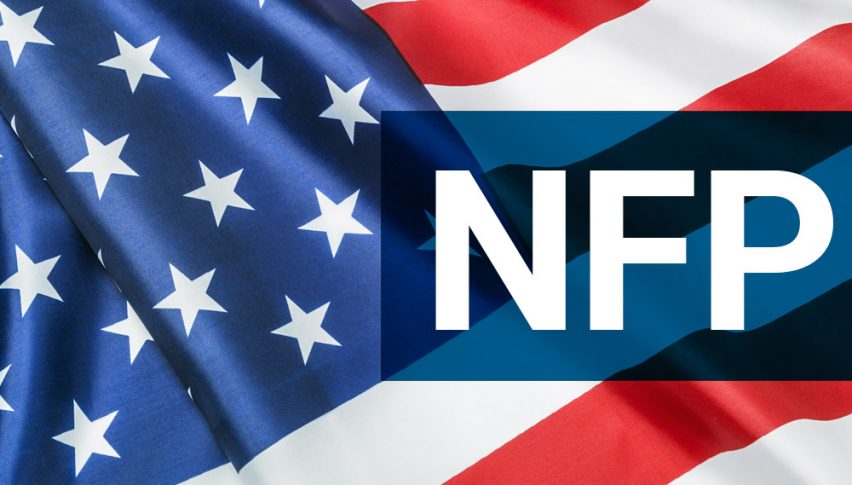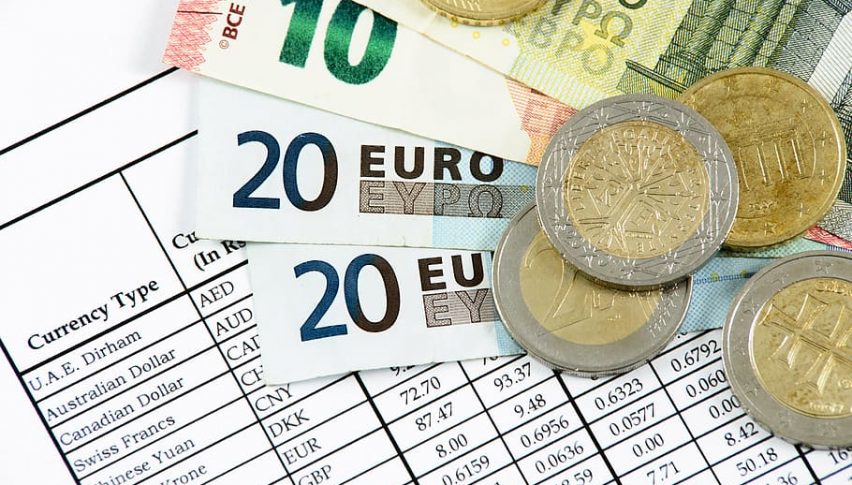Tariffs on Hold send USDCAD Down 4 Cents, Silver Price $1 Higher
USD/CAD opened with a 2-cent bullish gap last night after the weekend tariffs, but they have been put on hold, sending USD/CAD back down and the Silver price $1 higher.
The price of Silver surged $2 higher early last week from below $30 to $31.77, but reversed lower toward the end of the week. However, today the price of Silver has bounced exactly $1 higher from the lows, as the uncertainty in financial markets remains elevated, keeping the demand for safe havens high and helping Gold make another record high today.
Trump Comments on Tariffs and Trade Talks With Canada and Mexico
Following the signing of 25% tariffs on imports from Canada and Mexico, President Donald Trump made several remarks regarding trade negotiations. He emphasized the need to address fentanyl-related concerns with Mexico, stating that discussions had been positive but that no tariff agreement had been reached. Regarding Canada, Trump acknowledged a conversation with Prime Minister Justin Trudeau, but expressed frustration, claiming that Canada has not treated the U.S. fairly.
As the deadline for tariffs on Canadian goods approaches, uncertainty remains high. If imposed, these tariffs could trigger legal challenges and retaliatory measures from Canada. Eventually they decided to postpone tariffs by 30 days, which improved risk sentiment broadly in financial markets.
USD/CAD Chart Daily – The Bullish Gap Has Been Closed
Following the call between Trump and Trudeau, the USD/CAD exchange rate experienced sharp volatility, plunging from a 20-year high of 1.4793 to 1.44. A CNN reporter quoted Trump as saying the conversation with Trudeau went “very well.” While not a clear resolution, this remark led to a market rally in the Canadian dollar, causing a 2-cent decline in USD/CAD.
Meanwhile, Mexico secured a one-month negotiation period, delaying immediate tariff implementation. Trump’s praise for U.S. Commerce and Treasury officials suggests that discussions extend beyond drug enforcement issues, potentially opening avenues for broader trade negotiations.
In Canada, economic concerns are mounting. Analysts at CIBC have examined the potential impact of a five-month trade war, and speculation is growing that the Bank of Canada (BoC) could respond with further rate cuts. BMO now forecasts six additional rate cuts, bringing the policy rate down to 1.5% in the event of prolonged trade tensions.
For now, the market remains optimistic, but sentiment could shift quickly. Traders are currently pricing in 62.8 basis points of easing for the BoC, equivalent to 2.5 rate cuts by year-end, with an 83% probability of a rate reduction at the upcoming March 12 BoC meeting. As tariff decisions unfold, interest rate expectations could shift dramatically in the coming days.









